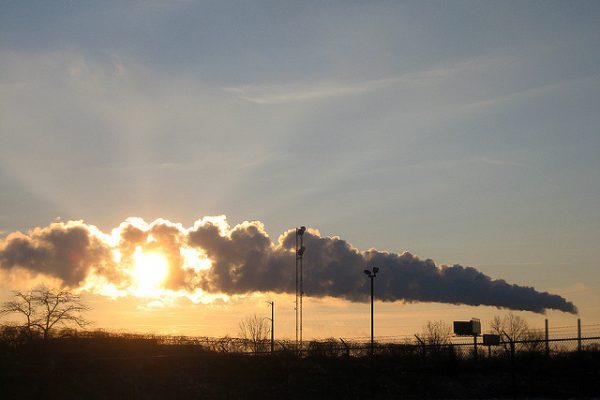How to Develop Multivariate Multi-Step Time Series Forecasting Models for Air Pollution

Last Updated on August 28, 2020
Real-world time series forecasting is challenging for a whole host of reasons not limited to problem features such as having multiple input variables, the requirement to predict multiple time steps, and the need to perform the same type of prediction for multiple physical sites.
The EMC Data Science Global Hackathon dataset, or the ‘Air Quality Prediction’ dataset for short, describes weather conditions at multiple sites and requires a prediction of air quality measurements over the subsequent three days.
Machine learning algorithms can be applied to time series forecasting problems and offer benefits such as the ability to handle multiple input variables with noisy complex dependencies.
In this tutorial, you will discover how to develop machine learning models for multi-step time series forecasting of air pollution data.
After completing this tutorial, you will know:
- How to impute missing values and transform time series data so that it can be modeled by supervised learning algorithms.
- How to develop and evaluate a suite of linear algorithms for multi-step time series forecasting.
- How to develop and evaluate a suite of nonlinear algorithms for multi-step time series forecasting.
Kick-start your project with my new book Deep
To finish reading, please visit source site